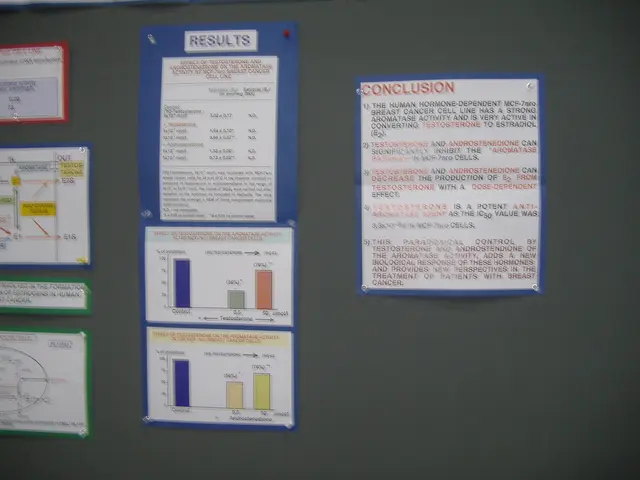The Castle of Fuzér's Holy Crown Sanctuary: Reflection Post-Mohács Battle
The Holy Crown of Hungary, a symbol of the kingdom's sovereignty, had an intriguing journey in the 16th century. In September 1529, Sultan Suleiman returned the crown to John Szapolyai, marking a significant moment in Hungarian history.
Before Szapolyai's coronation on 11 November 1526 in Székesfehérvár, the crown was transported to Füzér Castle instead of Visegrád. This unusual decision was made by Perényi Imre, who had assumed the office of crown-guard in 1519. After his father, Perényi Imre, bypassed the traditional route through Visegrád and secured the crown in Füzér Castle, the castle became a key player in the political landscape.
The first occupation of Füzer Castle occurred in 1526 by the troops of the Ottoman Empire during Suleiman's third campaign into Hungary. However, the castle remained in the hands of the Perényi family, who had been its custodians since 1389.
Suleiman's goal was to weaken Ferdinand's power and secure a Hungarian king beholden to the Porte. In 1527, Péter Perényi, the son of Perényi Imre, shifted his allegiance to Ferdinand I and entrusted the Hungarian Crown to the Austrian archduke, the rightful heir to the throne. This move marked a turning point in the struggle for power.
In 1529, Sultan Suleiman captured the Holy Crown after his third campaign into Hungary. The return of the crown to John Szapolyai was motivated by political, strategic, and prestige considerations. The return of the Holy Crown facilitated the pacification of conquered territories in Hungary.
The Castle of Füzér, now fully restored between 2014 and 2016, welcomes visitors with its remarkable presence. Visitors can immerse themselves in the rich cultural heritage of the castle, explore engaging exhibitions, and enjoy breathtaking panoramic views. The restored castle is a testament to the resilience of Hungarian history and a reminder of the fascinating journey of the Holy Crown.








